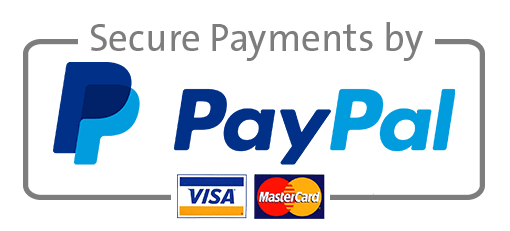IT governance is essential to the success of modern digitized EHR-driven healthcare systems. HITECH and the ACA lay out Meaningful Use goals, particularly increasing EHR use and subsequent data collection and analysis. A digitized system using EHRs creates more interoperability between healthcare systems and providers involved in patient care. Data analysis helps track trends and establishes a healthcare system characterized by a preventative-care approach, in which patients pay for the quality of care, not for the service itself (fee-for-service).
Along with this explosion of health IT in within the past few decades have come more federal and state laws that regulate how health IT is managed (particularly HITECH, the ACA, and HIPAA). To ensure that compliance regulations are met, HIMs with expertise in HIT are needed, as well as a robust system of health IT governance to regulate HIT within organizations themselves. IT governance is a set of principles established by a healthcare organization that determines who has decision-making rights and responsibilities concerning the organization’s health IT (Shahi et al., 2014). Neumann et al. (1999), argue that technology will continue to play a critical role in healthcare, so in context of health IT governance, leaders must be forward-thinking and proactive to keep up with the rapidly changing landscape. Healthcare systems need robust health IT governance as well as a team of health information managers (HIMs) with solid expertise because there is a myriad of federal and state laws that heavily regulate health IT, particularly regarding privacy and security. There needs to be clearly laid out governance laws within the organization itself. Roles need to be clearly stated, and HIMs need to ensure that an organization is following the law and regulations.
Health IT governance and the key leaders involved play a significant role in maintaining a health organization’s compliance, both with the government and insurance companies. Federal regulations (the Conditions of Participation, or CoP) apply to healthcare organizations that see patients who are covered by Medicare and Medicaid. These regulations apply to all patients, whether they are covered by Medicare/Medicaid. One of the major conditions of the CoP is that a governing body, comprised of leadership from the organization, establishes a set of IT governance stipulations to which the organization adheres. Additionally, insurance companies want to ensure that they are paying for quality and necessary healthcare within the third-party payer framework. Healthcare providers are required to show that they are providing both quality and necessary medical care. They prove this with data and coding from their EHR systems, and the documentation of each patient encounter – all of which is managed by HIMs.
Health IT governance, the decision makers, and HIMs have a significant impact on an entire healthcare organization. HIM professionals are tasked with keeping track of all the various state and federal regulations, as well as maintaining all the electronic records for the insurance companies. They need to know what regulations apply within each specialty within an organization (like the ER or behavioral health). IT governance is the overarching framework that governs and guides this entire process. Most significantly, the entire goal is to achieve a highly-digitized healthcare system that meets the requirements of HITECH, ACA, and HIPAA privacy standards, as well as Meaningful Use initiatives – namely the use of EHRs. Solid IT governance within a healthcare organization allows it to thrive within the complex world of government laws and regulations. It also helps the organization meet the requirements of insurance companies and accrediting institutions, because it clearly lays out standard operating procedures. That, coupled with a good team of HIMs, allows the organization to maximize its efficiency from a business standpoint – providing high-level patient care, driven by EHR data and documentation and interoperability between providers, at a lower cost – all while avoiding penalties for regulation violations and the fallout from privacy breaches.
Romans 13:1 is the most well-known verse concerning the proper Christian position towards a government. Paul writes “Let every person be subject to the governing authorities. For there is no authority except from God, and those that exist have been instituted by God” (Crossway, 2008b). As Christians, we are called to be good citizens who respect the law and respect the God-ordained government authority – whether they are benevolent, tyrannical, or inefficient bureaucrats. The health IT laws in place seek to create a system that improves patient care (HITECH, ACA, etc.), while also protecting their privacy and security (HIPAA). As healthcare professionals and Christians, we should strive to ensure that our organization complies with these regulations, because it reflects our submission to the government authorities and ultimately helps our patients.
References
Shahi, M., Sadoughi, F., & Ahmadi, M. (2014). Information technology governance domains in hospitals: a case study in iran. Global Journal of Health Science, 7(3). https://doi.org/10.5539/gjhs.v7n3p200
C, L. N., Blouin, A. S., Byrne, E. M., Reed, W. C., & al, e. (1999). Achieving success: assessing the role of and building a business case for technology in healthcare / Commentaries / Reply. Frontiers of Health Services Management, 15(3), 3-28. https://go.openathens.net/redirector/liberty.edu?url=https://www.proquest.com/scholarly-journals/achieving-success-assessing-role-building/docview/203879474/se-2
Crossway. (2008b). ESV Study Bible. Crossway.

